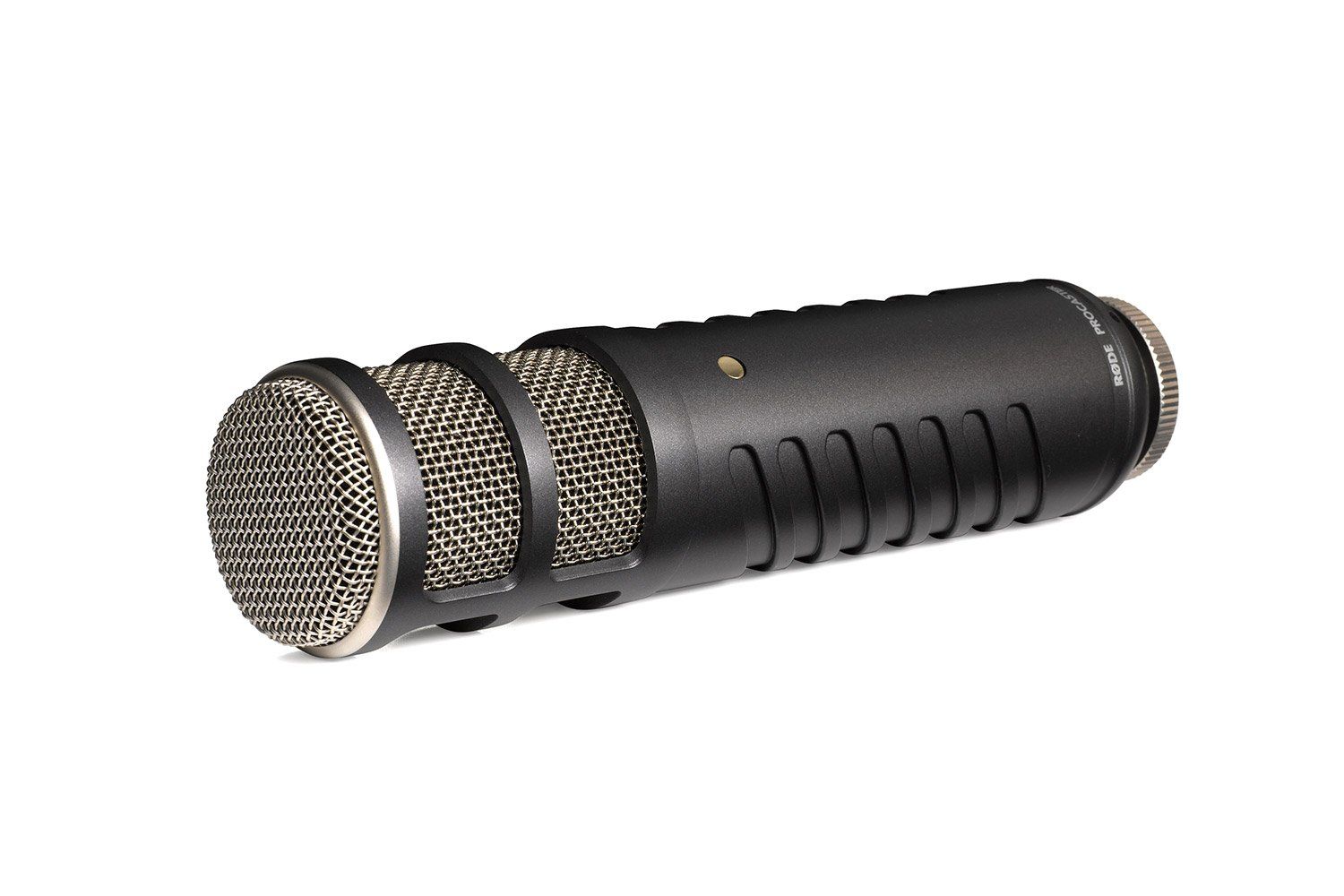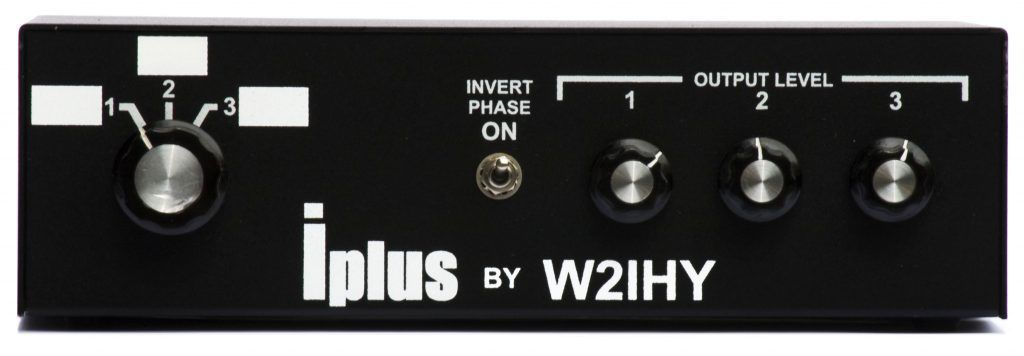eSSB Hi-Fi Audio
During the 2020 Covid-19 lockdown I started to read about amateur radio stations utilizing professional audio equipment to enhance their transmitted SSB audio. The aim of extended single sideband (eSSB) is to support relative high fidelity, full range clean and articulate vocal audio.
eSSB Hi-Fi has many benefits, the most noticeable being a very pleasing and highly defined sound not inherent with traditional SSB audio. Also, it only occupies 1/2 of the bandwidth required by AM for the same audio quality, since SSB is a Single Sideband Suppressed Carrier mode vs. AM, which is a Double Sideband with Carrier mode and is therefor a more efficient signal and less subjected to the phasing and selected fading problems inherent with its AM counterpart.
Having spent time reading and looking at other amateurs eSSB setups I decided that the best option for my station was to create an audio rack containing the different components required. Below I list the components of the audio rack and the wiring of the audio chain from microphone to transmitter. I would like to thank the many amateurs who shared their setup on the web.
In 2023, during a reorganisation of the shack I decided to replace the rack equipment with a single Behringer XR16 digital mixer and to interface the unit a W2IHY iPlus audio switch.
Roll on 2025 and I decided that it was time to reduce the audio gear. I sold off my Behringer XR16, my mixer which had been replaced by the XR16 and purchased a DBX 286S mic preamp and processor.
Microphone
RODE procaster
- Broadcast-quality dynamic microphone for podcasting, radio production and voice-overs
- Internal pop filter Integrated capsule shock mounting
- Robust all-metal construction
- Acoustic Principle - Dynamic
- Polar Pattern - Cardioid
- Address Type - End
- Frequency Range - 75Hz - 18kHz
- Output Impedance - 320Ω
- Sensitivity -56.0dB re 1 Volt/Pascal (1.60mV @ 94 dB SPL) +/- 2 dB @ 1kHz
- Output Connection - XLR
Microphone Preamplifier
DBX286s
- Studio quality Mic Preamp/Channel Strip Processor
- Classic dbx Compression puts great sound within easy reach
- Frequency tunable De-Esser reduces sibilance and high frequency distortion
- Enhancer increases the detail and definition of the high and low frequencies
- Program adaptive Expander/Gate
- Insert jack allows you to add an external processor
- Full compliment of meters and status LEDs
- +48V Phantom Power
- Precision detented controls
Microphone Interface
W2IHY iPlus Audio Swich
- RCA linear keying inputs from 3 radios
- RCA stereo audio inputs
- Combination XLR / ¼” TRS audio input or 5-pin DIN audio input
- Audio Phase Reversal for proper AM audio asymmetry
- Individual output level control for the radio selected
Audio Chain - Prior to 2023
Below is a chart showing how I connected my audio equipment up from microphone to transceivers. While I admit I am no expert this does appear to be a fairly standard way of connecting your audio gear. A search of the web will give a number of results showing several ways of wiring up equipment.
Since 2023 this setup has been replaced by the Behring XR16 digital mixer unit and the W2IHY iPlus audio switch. This is a far simpler audio chain.




